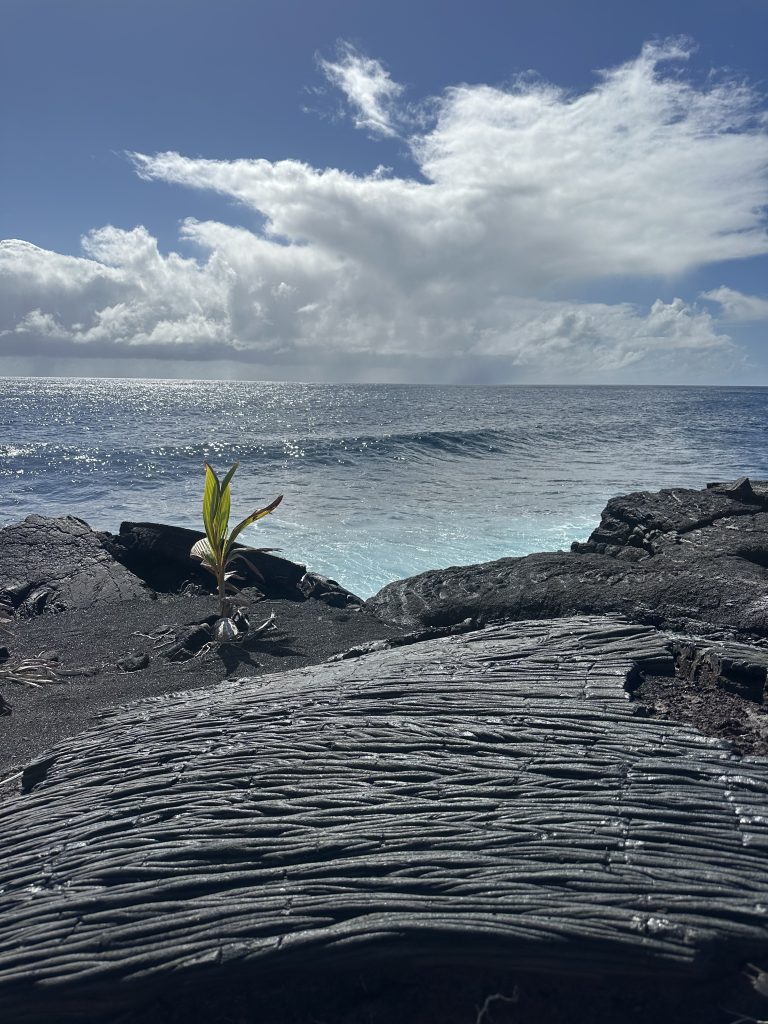Our scientists passionately pursue the latest cutting-edge bioremediation research to make sure our methods are: environmentally healthy, effective, and culturally appropriate.
Bioremediation: the organic “pollution solution”
Bioremediation is the process of partnering with living organisms and utilizing nature-based remedies to remediate, rehabilitate, and restore ecosystems affected by environmental contamination. In this process, organisms serve as catalysts, facilitating the removal and breakdown of a wide range of toxins and pollutants (Earth Repair 2020).
Our bioremediation work focuses on novel research with native and naturalized species of plants, microbes, and fungi, testing their ability to remediate various toxins both individually and as a collective. We are committed to creating a publicly accessible database of this research to share our findings and contribute to the broader field of environmental restoration.
Bioremediation Research:
Before approaching an area for bioremediation, we prioritize understanding the cultural significance of that place and engage with members of the native community. Being based in Hawaiʻi provides us with the invaluable opportunity to work closely with our Kānaka Maoli team members, ensuring that our practices are aligned with Hawaiian culture and values. We utilize Indigenous Microorganisms (IMOs) native to the area, making sure our efforts only enhance and benefit the local ecosystem. Our bioremediation strategies are tailored to the unique needs of each location, and we are dedicated to maintaining an ongoing dialogue with the indigenous communities where we work. This approach not only honors the right of native communities to make decisions for their land but also fosters efficiency and leads to successful, long-term remediation outcomes.

